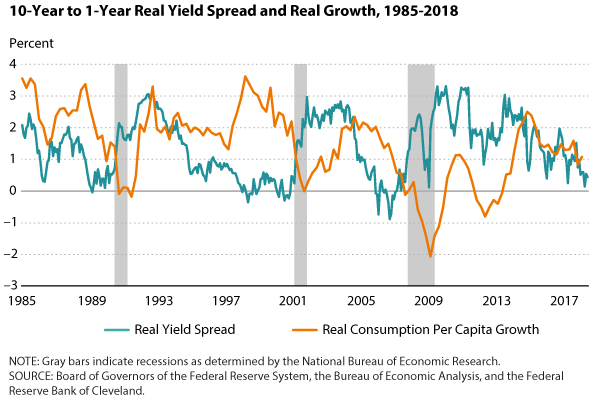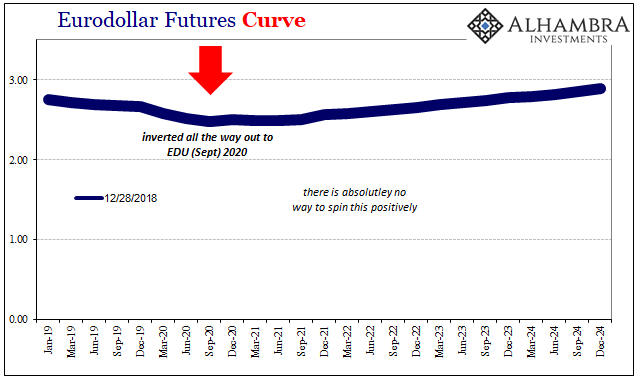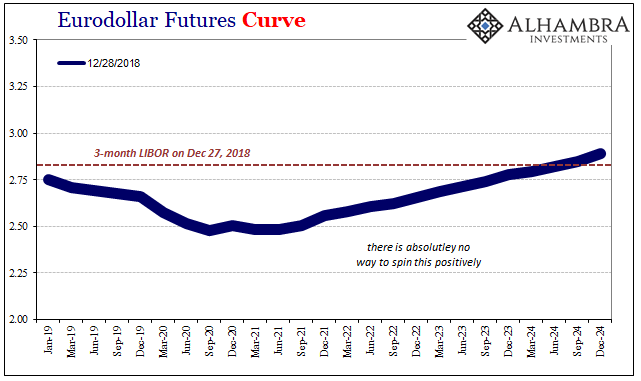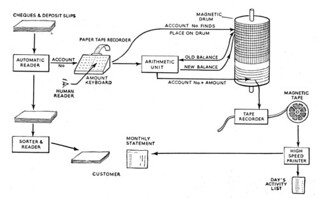Space: the final frontier for finance
As a science-fiction-obsessed teenager in the 1980s, “outer space” conjured up images for me of astronauts, rockets, aliens and the novels of Arthur C Clarke.From Geekwire, Dec. 27
Now the phrase is associated with something else: sovereign wealth funds, venture capital firms and Wall Street giants such as Goldman Sachs.
Yes, you read that right. This month, Washington’s commerce department held a flagship conference to discuss space exploration and development. Between debates about space debris, rocket launches and global positioning systems, there were also lively discussions about how to encourage pension funds to invest in space-related companies.
Analysts estimate that by 2040 the global space industry will swell from about $400bn to more than $1tn. While it has historically been the government that has propelled adventures in space, commerce secretary Wilbur Ross has said it is now time for the private sector to provide the engine of growth.
So the department is trying to deregulate the industry, making it easier for entrepreneurs to jump in, and to lure capital from venture capital firms, hedge funds, sovereign wealth funds and even mainstream pension funds.
“The space industry is on the verge of a revolution,” Ross told me in an interview, pointing out that companies such as Goldman Sachs and Bank of America have recently created dedicated teams to conduct financial research on the topic. He likens the sector to bioscience: a sphere that will produce big “hits” for investors over the long term, even if the short-term science seems risky.
Is this a good thing? I suspect that were you to ask those US astronauts who leapt into the history books five decades ago, they might wince. In their day, exploring the final frontier was considered a patriotic venture for the wider public good, best funded by national governments (or, in Europe, transnational ones)....MORE
Year in Space: From the Falcon Heavy’s first flight to the solar system’s last frontier
Launches, launches, launches! 2018 was a big year for liftoffs, particularly for SpaceX and its billionaire CEO, Elon Musk. The past year also saw a number of notable trips to interplanetary destinations, including the Martian surface and two asteroids. What’s up for next year? More of the same, only way different.Finally, from Space.com, December 29:
For more than two decades, I’ve been writing year-end roundups of the top stories in space science and exploration, with a look-ahead to cosmic coming attractions. 2019 could well bring about developments I’ve been predicting on an annual basis going as far back as a decade, such as the rise of commercial human spaceflight.
Other trends are easier to predict, because they’re based on the cold, hard facts of celestial mechanics. Check out these tales from 2018, expected trends for 2019 and my year-end space roundups going back to 2001 (with lots of failed predictions). Then feel free to weigh in with your comments to tell me what I missed.
Five space tales from 2018
Falcon Heavy takes flight: After years of development work, SpaceX’s super-powerful Falcon Heavy rocket made a spectacularly successful debut in February’s test launch, which sent billionaire CEO Elon Musk’s Tesla Roadster and a mannequin driver named Starman into an orbit stretching out beyond Mars. The Falcon Heavy can send big payloads almost directly out to geostationary orbit, which is a selling point for heavyweight satellite operators ranging from ViaSat to the U.S. military. But it won’t be certified to carry people to far-flung destinations. For that, Musk intends to turn to SpaceX’s Starship (see below).
Fresh and fading Mars missions: On the plus side, NASA’s InSight lander touched down on the flat plain of Elysium Planitia and started deploying scientific instruments to monitor Mars’ seismic activity and internal heat flow. On the potentially minus side, the solar-powered Opportunity rover fell out of contact this summer amid a planet-covering dust storm and hasn’t been heard from since. In the year ahead, NASA will either have an amazing comeback story to tell — or read the rites and declare an end to Opportunity’s 15-year mission on Mars. NASA’s plutonium-powered Curiosity rover, meanwhile, just keeps going and going....MORE
...Five space trends for 2019
New rides to space: Virgin Galactic’s first spaceflight provided a “million-dollar view” for its test pilots, but if all goes well, passengers could start enjoying the view next year, paying $250,000 (more or less) for the privilege. And that’s not all: Amazon billionaire Jeff Bezos’ Blue Origin venture is expected to start flying passengers as well on its New Shepard suborbital spaceship. SpaceX and Boeing are working on new rides as well. The current schedule calls for flights on SpaceX’s upgraded Dragon spacecraft and Boeing’s Starliner capsule to start heading to the International Space Station next year. That would mark the first crewed flights to orbit from U.S. soil since NASA retired its space shuttle fleet in 2011....
How to Watch New Horizons' Ultima Thule Flyby on New Year's Day: A Webcast Guide
NASA's New Horizons spacecraft is about the make the most distant planetary flyby in the history of spaceflight, and you can follow the action live.
At 12:33 a.m. EST (0533 GMT) on Jan. 1, New Horizons will zoom past the small object Ultima Thule, which lies 1 billion miles (1.6 billion kilometers) beyond Pluto in the realm of icy bodies known as the Kuiper Belt.
The mission team will keep the public appraised of New Horizons' progress via a series of news conferences and updates over the coming days, all of which you can watch directly via the space agency, or via the Johns Hopkins University Applied Physics Lab, which manages the New Horizons mission for NASA. You'll also be able watch the events here at Space.com, courtesy of NASA TV and JHUAPL. [Ultima Thule Flyby! Our Full Coverage]
With NASA currently affected by a partial government shutdown, there was some early questions over how the agency would share New Horizons' Ultima Thule flyby progress with the public. But on Thursday (Dec. 27), NASA chief Jim Bridenstine assured the public the agency would webcast the historic event.
"Expect to see the @NASANewHorizons social media accounts continue to operate," Bridenstine wrote on Twitter. "The contract for these activities was forward funded. This applies to @OSIRISREx and NASA TV too. @NASA will continue to stun the world with its achievements!"
Here's the schedule:
Monday, Dec. 31:
— 2 p.m. to 3 p.m. EST (1900-2000 GMT): News conference previewing flyby science and operations
— 3 p.m. to 4 p.m EST (2000-2100 GMT): Q&A with the New Horizons team
— 8 p.m. to 11 p.m. EST (0100-0400 GMT on Jan. 1): Panel discussion about the exploration of small worlds; flyby countdown events; mission updates
Tuesday, Jan. 1
— 12:15 a.m. to 12:45 a.m. EST (0515-0545 GMT): Countdown to encounter; real-time flyby simulations
— 9:45 a.m. to 10:15 a.m. EST (1445-1515 GMT): Live coverage of New Horizons flyby signal acquisition
— 11:30 a.m. to 12:30 p.m. EST (1630 to 1730 GMT): Post-flyby news conference
...MOREJan. 2
— 2 p.m. EST (1900 GMT): News conference on flyby science results
Jan. 3
— 2 p.m. EST (1900 GMT): News conference on flyby science results...










